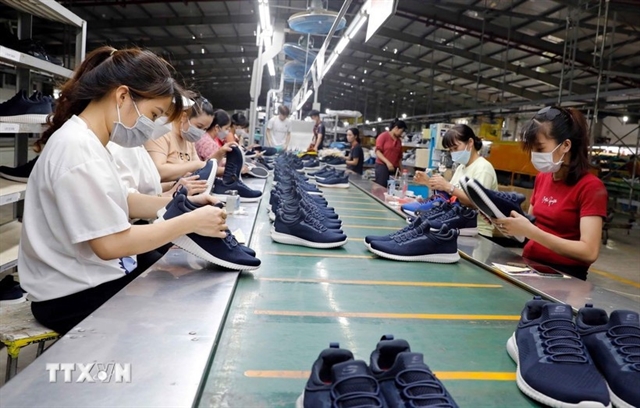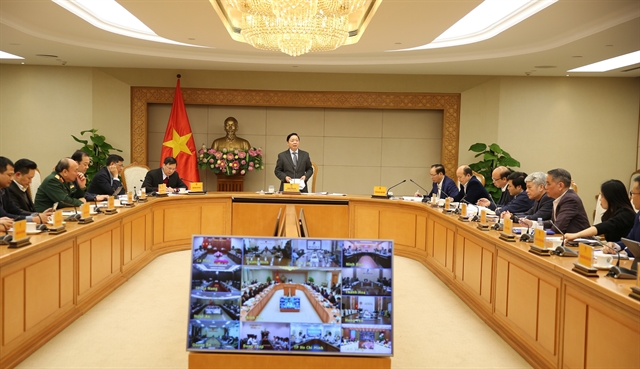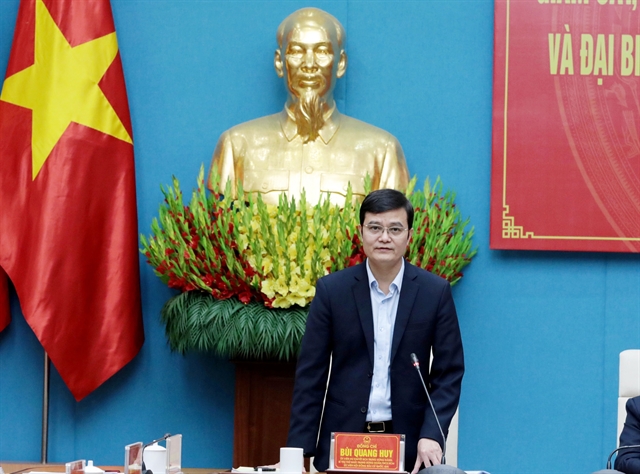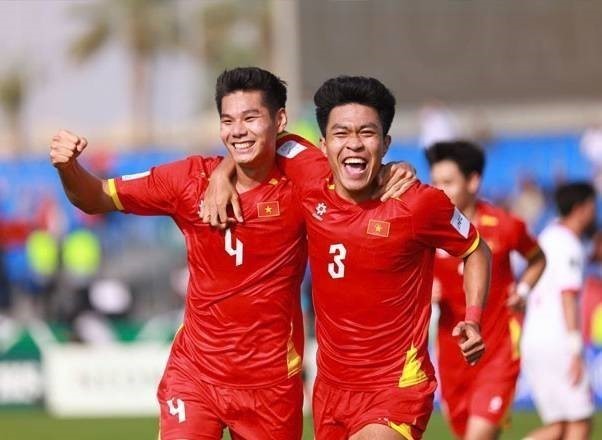 Society
Society
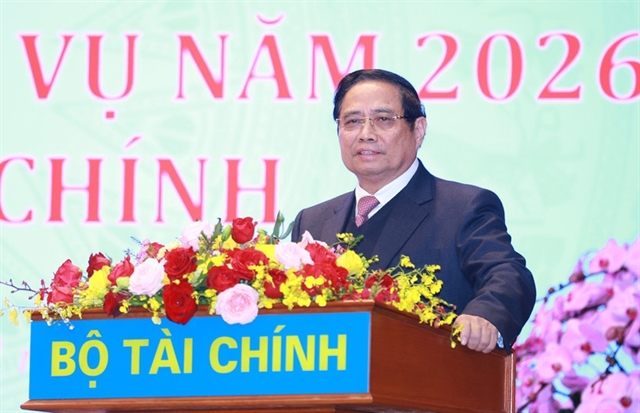
The Cửu Long (Mekong) Delta province of Hậu Giang is developing eco-tourism products based on its rivers, fruit orchards, and rural sights and life, according to its Department of Culture, Sports and Tourism.
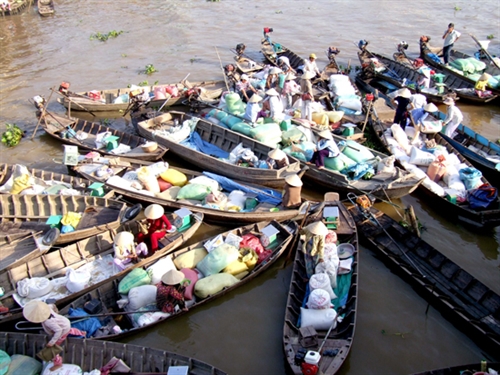 |
| Boats sell goods at Ngã Bảy floating market in Ngã Bảy Town in the Cửu Long (Mekong) Delta province of Hậu Giang. — VNA/VNS Photo Duy Khương |
HẬU GIANG — The Cửu Long (Mekong) Delta province of Hậu Giang is developing eco-tourism products based on its rivers, fruit orchards, and rural sights and life, according to its Department of Culture, Sports and Tourism.
They include Ngã Bảy floating market in Ngã Bảy town, the Việt – Úc Ecological Tourism Zone in Vị Thuỷ District and agriculture tourism in Vị Thanh city.
Đỗ Chiêu Qúi, the department’s director, said the province was undertaking a VNĐ35 billion (US$ 1.5 million) project to revive Ngã Bảy floating market for tourism purposes.
The market would be turned into one of the province’s key river tourism products, he said.
Since the floating market was established in 1915 it was located at the meeting point of seven canals and rivers in Ngã Bảy town and become one of the delta’s busiest markets.
But a decade ago local authorities moved it to a new site three kilometres away to improve traffic safety at the confluence, and the market’s activities began to dwindle because of the inconvenient location.
The project to revive it is expected to be completed in 2019.
At the 145ha Việt – Úc Ecological Tourism Zone, several tasks have been completed, including the dredging of a 14km canal and creation of a 13ha fruit orchard, 5ha bird garden and 11ha area for breeding wild animals and freshwater aquatic species.
The zone is expected to be ready by the end of 2018, according to the department.
The department is also working with relevant agencies and district authorities to conserve and develop historic and cultural relics, including the Temple of Uncle Hồ, Cần Thơ Party Committee base and Relics of Chương Diện Victory.
The province has also set up community tourism sites at the Cầu Đúc pineapple farming area in Vị Thanh and Long Trị sweet mandarin area in Long Mỹ District and developed agricultural tourism in Vị Thanh.
Hậu Giang has zoned off a 130ha eco-tourism area at the Mùa Xuân Agricultural Centre in Phụng Hiệp District.
It also plans to develop eco-tourism at the 2,800ha Lung Ngọc Hoàng Nature Wetland Reserve in Phụng Hiệp.
Hậu Giang, located in the delta’s central part, hopes to attract 160,000 tourists a year, including 18,000 foreigners, by 2020, according to its tourism development plan.
Speaking at a meeting last Friday, the province’s Party Committee Secretary, Trần Công Chánh, told local authorities to continue surveying sites so that appropriate tourism development plans can be made and human resources developed.
The investment to develop eco-tourism sites should be linked with the national programme to build new rural areas, he said.
The Department of Culture, Sports and Tourism should monitor and provide advice during the process of creating eco-tourism products at the Mùa Xuân Agricultural Centre, he said.
After two years of implementing the province Party Committee’s Resolution No. 9 on developing tourism, Hậu Giang has also organised many tourism training courses for households in eco-tourism areas.
On August 3, for instance, 40 farmers in Vị Thuỷ District were provided training in tourism.
The trainees also visited a community tourism model in the district.
Fruit orchard tourism
Lê Quốc Chiến, who has participated in a tourism training course, offers tourism services in his 1ha fruit orchard in Vị Thanh.
He grows many kinds of fruits like durian, mangosteen, jack fruit, red flesh dragon fruit, mango and guava and also has ponds for tourists to fish.
Lê Minh Tâm of Ngã Bảy town’s Ngã Bảy Ward developed his 5ha Burmese grape orchard into a tourism site in 2014.
It receives about 100 tourists a day, and 300-400 during the peak Burmese grape harvest season.
Tâm has tied up with travel companies in HCM City and Vĩnh Long and Kiên Giang provinces to bring tourists to his orchard, which has fruits between April and September.
“I plan to replace old Burmese grape plants with other trees like king orange and rambutan to ensure my orchard has fruits year round.” —VNS


